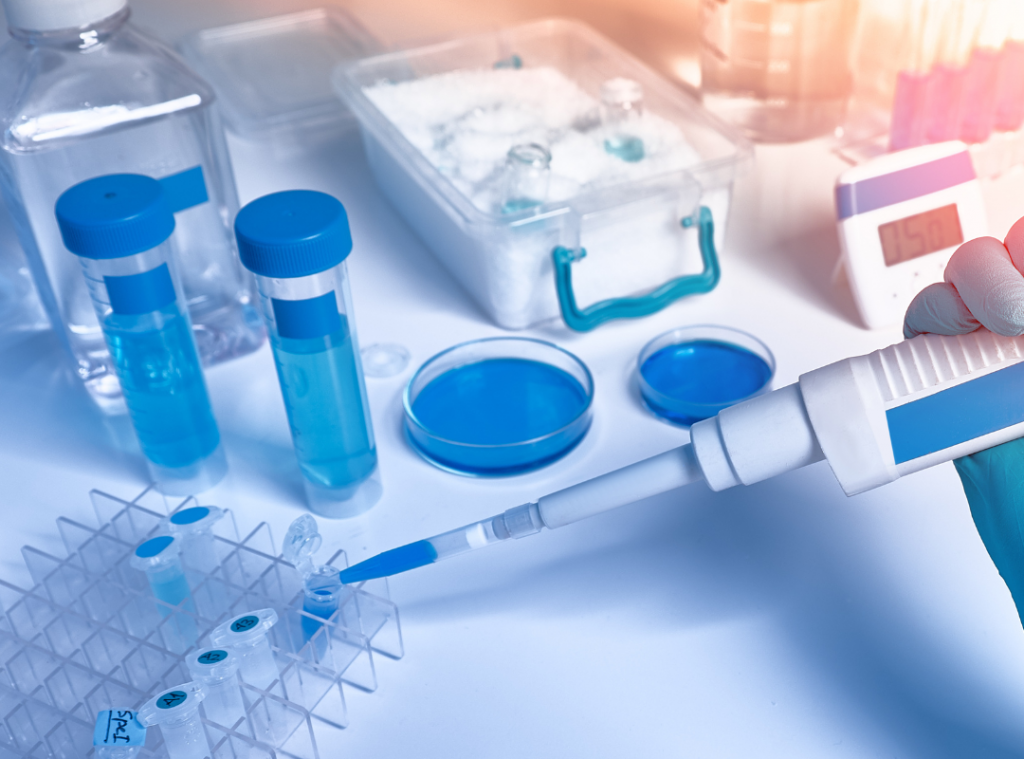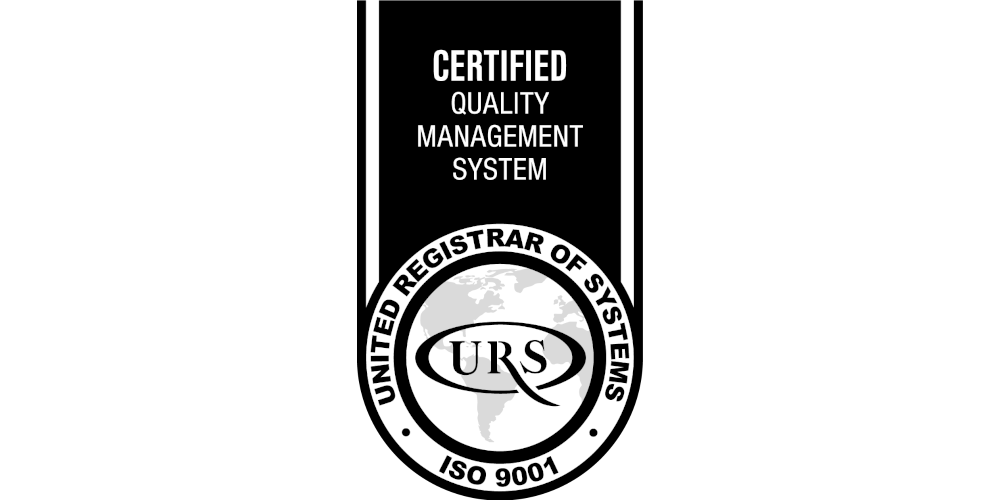Clinical research embodies a broad spectrum of studies involving people, with the main goal of adding to medical knowledge. It plays a pivotal role in the development, approval, and regulation of therapeutic products such as drugs, medical devices, and biological products. One significant aspect of clinical research that often goes under the radar is post-market activities, which include Post-Market Clinical Follow-up (PMCF) and Post-Market Surveillance (PMS). These activities are vital for ensuring product safety and effectiveness even after their introduction to the market.
Part 1: Understanding Post-Market Clinical Follow-up (PMCF)
Post-Market Clinical Follow-up (PMCF) refers to the continuous process of collecting and evaluating clinical data relating to a device after it has been approved and introduced into the market. The primary purpose of PMCF is to confirm the safety and performance of a device throughout its expected lifetime, identify any unforeseen risks, and ensure ongoing acceptability of identified risks.
PMCF plays a crucial role in clinical research by providing real-world evidence on long-term device performance and clinical outcomes. The general process involved in PMCF includes defining study objectives, developing a study plan, selecting suitable study participants, collecting and analyzing data, and reporting the results.
For instance, a PMCF study might be conducted for a newly released heart valve to monitor for potential long-term complications like valve degradation or thrombosis. The results from this study would help confirm the safety and effectiveness of the product in real-world settings.

Part 2: Understanding Post-Market Surveillance (PMS)
On the other hand, Post-Market Surveillance (PMS) is a systematic process to monitor the safety and performance of a marketed medical product. Unlike PMCF that focuses specifically on clinical data from a particular device, PMS encompasses all data related to safety and performance issues of a product.
The purpose of PMS is to promptly identify and evaluate any device-related safety concerns, assess the effectiveness of risk control measures, and to gather data to support reevaluation of risk-benefit analysis. PMS is an ongoing process that involves complaint handling, adverse event reporting, literature studies, and periodic safety update reports, among others.
For example, PMS might involve reviewing customer complaints and adverse events reported for a specific glucose monitor. This data would then be used to identify any emerging safety risks or performance issues and take appropriate measures.
Part 3: Key Differences Between PMCF and PMS
While both PMCF and PMS aim to ensure the safety and efficacy of medical products in the post-market phase, there are some key differences between these two activities.
Firstly, PMCF is a proactive approach that involves conducting specific clinical studies to gather additional data about a device. In contrast, PMS is more reactive and focuses on the collection and evaluation of all available data regarding a device’s safety and performance.
Secondly, the methods of data collection differ significantly. PMCF relies on structured clinical studies involving selected patients, whereas PMS uses various sources like customer complaints, adverse event reports, or scientific literature.
Finally, the role of PMCF in clinical research is more focused on generating new clinical evidence about a device’s long-term performance and potential risks. PMS, on the other hand, is primarily geared towards identifying new safety concerns and evaluating the risk-control measures in place.

Conclusion
In conclusion, Post-Market Clinical Follow-up (PMCF) and Post-Market Surveillance (PMS) are two critical activities in clinical research that ensure the ongoing safety and effectiveness of medical products after they have been introduced into the market. While they serve similar goals, there are notable differences in their purpose, process, methods, and roles in clinical research.
As a beginner in clinical research, understanding these post-market activities can open up new perspectives and deepen your understanding of the field. So, keep exploring, keep learning, and remember, every step you take in this field contributes to the greater good of patient safety and well-being.






